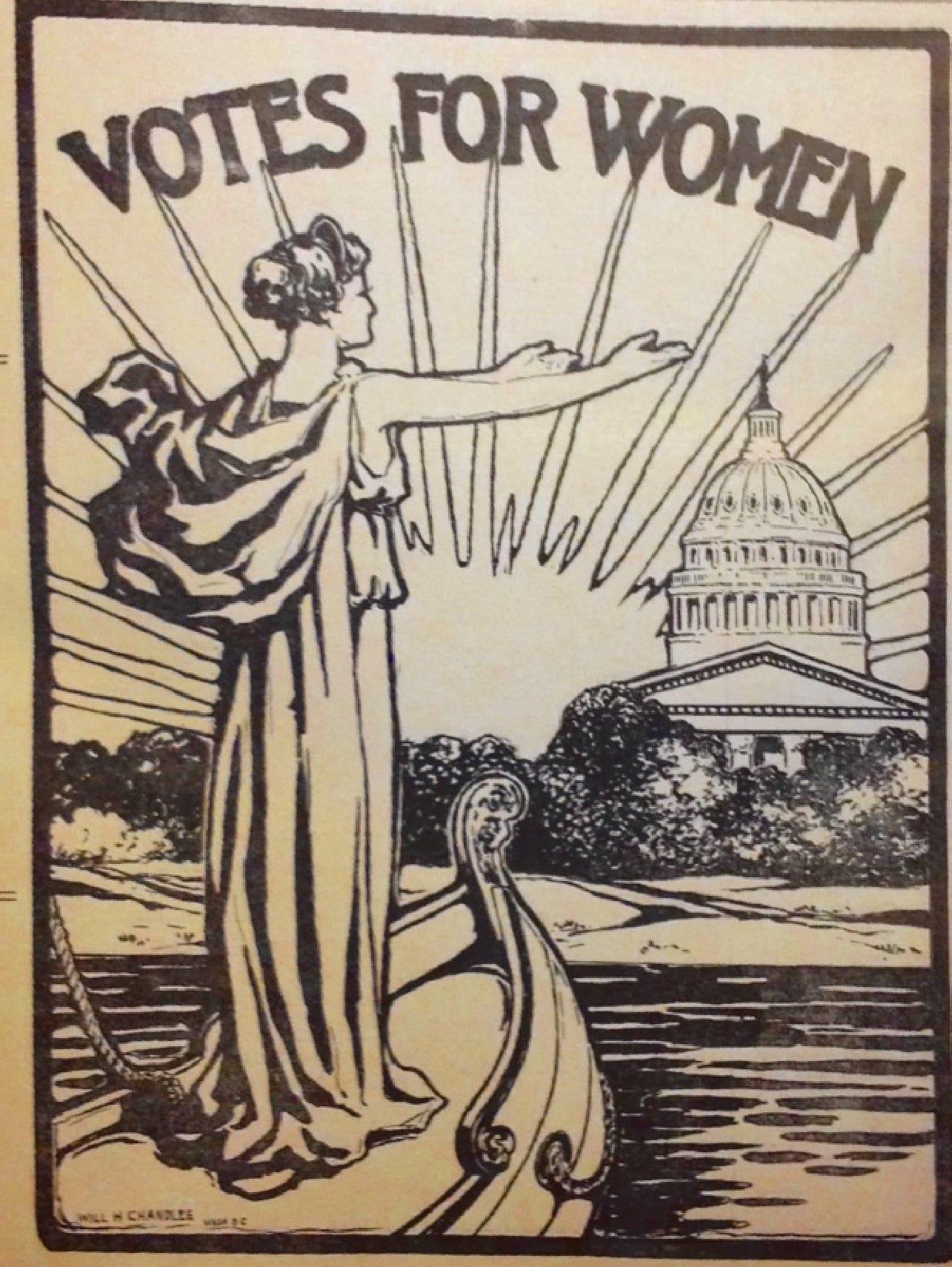Keaton’s Enduring Ghost
Why Her Style Haunts Modern Feminist Progress?
Diane Keaton’s timeless aesthetic and defiant authenticity symbolize a bygone era of feminist promise. Yet, her very permanence ironically casts a shadow on how much genuine progress has truly been made for women in the decades since. We delve into the unsettling truth behind the cultural celebration of an icon.
The Big Question: Does an Icon’s Timelessness Mask Our Stalled Ascent?
When news broke of Diane Keaton’s passing at 79, a collective sigh of nostalgia swept across the cultural landscape. It was a lament not just for an actress, but for an era—the 1970s—when feminist freedom felt tangible, audacious, and irrevocably on the rise. Her iconic style, an unwavering testament to individual authenticity in the face of Hollywood’s relentless pressure, became a shorthand for a promise: that women could be unapologetically themselves, defy conventional beauty standards, and still conquer the world. But I find myself asking: does the enduring power of Keaton’s image, her very timelessness, actually mask a more unsettling truth about the state of feminist progress today?
This isn’t merely about remembering a beloved star; it’s about using her as a lens to critically examine the narratives we tell ourselves about gender, liberation, and societal advancement. The celebration of Keaton as a symbol of progress must prompt us to ask: what progress? And at what cost do we cling to a past ideal while overlooking present regressions? This investigation demands both reverence for her legacy and an unflinching honesty about our collective journey.
The Enduring Icon: Diane Keaton’s Unyielding Image and its Legacy
To understand Keaton’s symbolic weight, we must first appreciate the singular nature of her public persona. For over fifty years, her aesthetic remained remarkably consistent: a blend of bohemian chic, masculine tailoring, and an inherent intellectualism that rendered traditional notions of femininity almost irrelevant. She resisted the industry’s insistent demands for reinvention, for youth, for conventional allure. Her Oscar-winning role in “Annie Hall” didn’t just showcase her talent; it immortalized her signature style, turning wide-leg trousers, vests, and bowler hats into an unlikely emblem of glamorous rebellion.
Beyond the sartorial, Keaton’s vulnerability and candor, evident in her books like “Then, Again” and “Brother and Sister,” offered glimpses into a complex inner life that challenged simplistic narratives of success. She spoke openly about marriage ambivalence and the complexities of familial bonds, grounding her public image in a relatable, though often unspoken, human experience. Her conversational prowess, notably on programs like “Charlie Rose,” cemented her dynamic persona, reinforcing the idea that here was a woman who truly lived on her own terms. As one commentator noted,
She was like a rare bird soaring from bygone days when progress... seemed inevitable.
This sentiment captures the essence of what Keaton represented: a living embodiment of ideals that felt, at one point, destined for full realization.
The Dialectic of Progress: 1970s Promise vs. Present Reality
Here lies the crux of our dilemma. The thesis presents Keaton as the triumphant symbol of an authentic, liberated woman, a standard-bearer of feminist progress. Her resistance to aging pressures, her enduring style, her unwavering self-possession—all speak to a period when women felt they were breaking free from the shackles of patriarchy, marching towards an equitable future where individual expression reigned supreme. It was a future where autonomy, both personal and professional, would be the norm, not the exception.
However, the antithesis forces us to confront a more sobering reality. While Keaton’s icon status endures, the broader feminist movement has encountered significant headwinds, if not outright reversals. The relentless scrutiny of women’s bodies and aging has intensified, fueled by social media and an ever-present, commodified beauty industry. The wage gap persists, political representation remains uneven, and the mental load of domestic and caregiving responsibilities disproportionately falls on women. We witness a subtle, insidious re-entrenchment of patriarchal norms, often cloaked in the language of ‘choice’ or ‘empowerment.’ As the philosopher Simone de Beauvoir warned,
The body of woman is not a thing, it is a situation.
This situation, far from being fully liberated, often finds itself navigating new, more complex forms of constraint.
The synthesis, then, is not one of despair, but of critical awareness. Keaton’s continued resonance doesn’t signify sustained feminist victory; rather, it highlights our profound yearning for the unfulfilled promises of the 1970s. Her image becomes a nostalgic touchstone for what we *thought* we had achieved, or what we *believed* was inevitable. This longing, this unconscious comparison between an idealized past and a fractured present, serves as a powerful indictment of the systemic forces that have diluted or diverted genuine progress. It reminds us that icons, while inspiring, can also become comforting myths that prevent us from seeing the ongoing struggle.
Beyond the Myth: Reclaiming Authenticity and Action
So, how do we apply this understanding? First, by resisting the temptation to use individual triumphs, however genuine, as proxies for systemic change. While we celebrate Keaton’s remarkable career and defiant spirit, we must simultaneously hold space for the collective challenges that women continue to face globally. This means a critical assessment of how concepts like ‘authenticity’ are now co-opted and commodified, often turning genuine self-expression into another performance demanded by the digital age.
Secondly, we must recognize the subtle ways societal pressures continue to erode female agency, often under the guise of progress. The demand for women to be both successful professionals and perfect mothers, to embrace ‘self-care’ while juggling impossible loads, is a new form of tyranny. Reclaiming authenticity, in this context, means actively challenging these dual expectations and demanding systemic support for genuine equality. It requires looking beyond the superficial triumphs of individual icons to the underlying structures that still limit true freedom. Keaton, in her quiet defiance, showed us a path; it is up to us to walk it with open eyes, acknowledging both the past’s promise and the present’s urgent demands.



